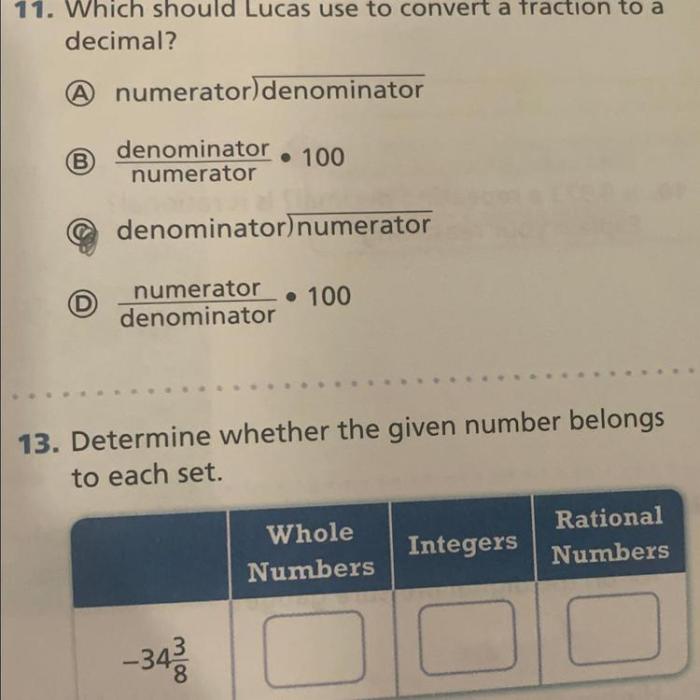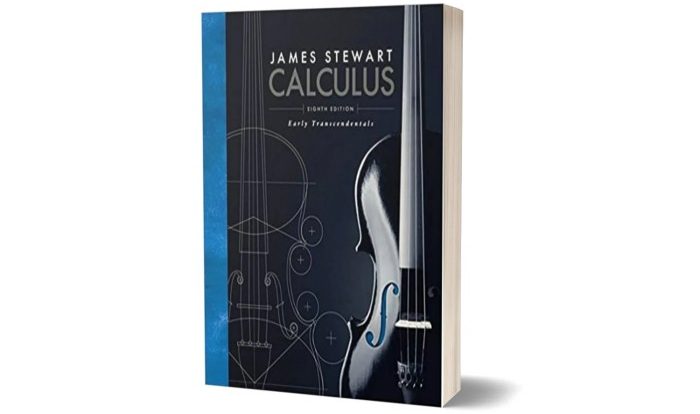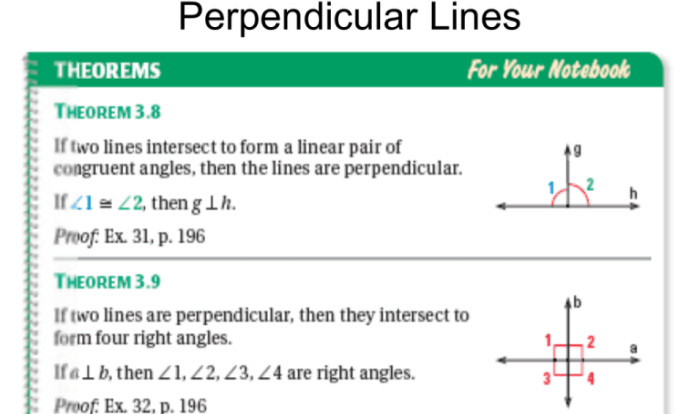Determine whether the given number belongs to each set – Embark on a journey into the fascinating world of set theory, where we explore the fundamental concept of set membership. This guide will delve into the intricacies of determining whether a given number belongs to a specific set, equipping you with a deep understanding of this crucial aspect of mathematics and its applications.
Delving into the realm of sets, we will uncover their properties and operations, unravel the complexities of set classification, and master the art of set membership determination. Through examples and real-world applications, we will illuminate the significance of set membership in various fields.
Number Theory Concepts: Determine Whether The Given Number Belongs To Each Set

In number theory, sets play a fundamental role in organizing and classifying numbers. A set is a well-defined collection of distinct elements. Elements of a set can be any objects, including numbers, letters, symbols, or even other sets.
Set Membership and Set Operations
Set membership refers to the relationship between an element and a set. An element x is said to belong to a set A, denoted as x ∈ A, if and only if x is one of the elements in the collection that defines A.
Set operations are actions performed on sets to create new sets. Common set operations include union (∪), intersection (∩), and complement (A’).
Set Classification, Determine whether the given number belongs to each set
Sets can be classified into various types based on their properties:
- Finite setshave a finite number of elements.
- Infinite setshave an infinite number of elements.
- Empty setshave no elements.
- Universal setscontain all elements under consideration.
Additionally, sets can be related to each other as subsets and supersets. A set A is a subset of a set B, denoted as A ⊆ B, if every element of A is also an element of B. A set A is a superset of a set B, denoted as A ⊇ B, if B is a subset of A.
Set Membership Determination
Determining whether a given number belongs to a set involves a step-by-step procedure:
- Identify the set: Determine the set under consideration.
- Examine the elements: Check if the given number is listed as an element in the set.
- Apply logical operators: Use logical operators such as AND, OR, and NOT to combine conditions and determine membership.
For example, to determine if the number 5 belongs to the set 1, 3, 5, 7, we can apply the logical operator AND to the condition “x is greater than 3” and “x is less than 7.” Since 5 satisfies both conditions, it belongs to the set.
Examples and Applications
| Set | Elements | Examples of Membership |
|---|---|---|
| Natural numbers | 1, 2, 3, … | 5 ∈ N |
| Even numbers | 2, 4, 6, … | 10 ∈ E |
| Prime numbers | 2, 3, 5, 7, … | 13 ∈ P |
Set membership determination has various applications in mathematics and computer science:
- Data structures: Sets are used to store and organize data in data structures such as hash tables and binary search trees.
- Mathematical proofs: Set theory is used to construct mathematical proofs and demonstrate the validity of mathematical statements.
- Computer programming: Set operations are used in programming languages to manipulate data and perform set-based operations.
Variations and Extensions
Variations of the problem include:
- Determining if a number is not in a set: This involves negating the set membership condition.
Extensions of the concept include:
- Sets of functions: Sets can contain functions as elements, allowing for the study of function spaces and operator theory.
- Sets of vectors: Sets can contain vectors as elements, leading to applications in linear algebra and geometry.
Clarifying Questions
What is set membership?
Set membership refers to the relationship between an element and a set. An element is said to be a member of a set if it satisfies the criteria defining the set.
How do you determine if a number belongs to a set?
To determine if a number belongs to a set, compare the number to the set’s defining properties. If the number meets all the criteria, it is a member of the set.
What are the different types of sets?
Sets can be classified into various types, including finite sets (with a limited number of elements), infinite sets (with an unlimited number of elements), empty sets (with no elements), and universal sets (containing all elements under consideration).



